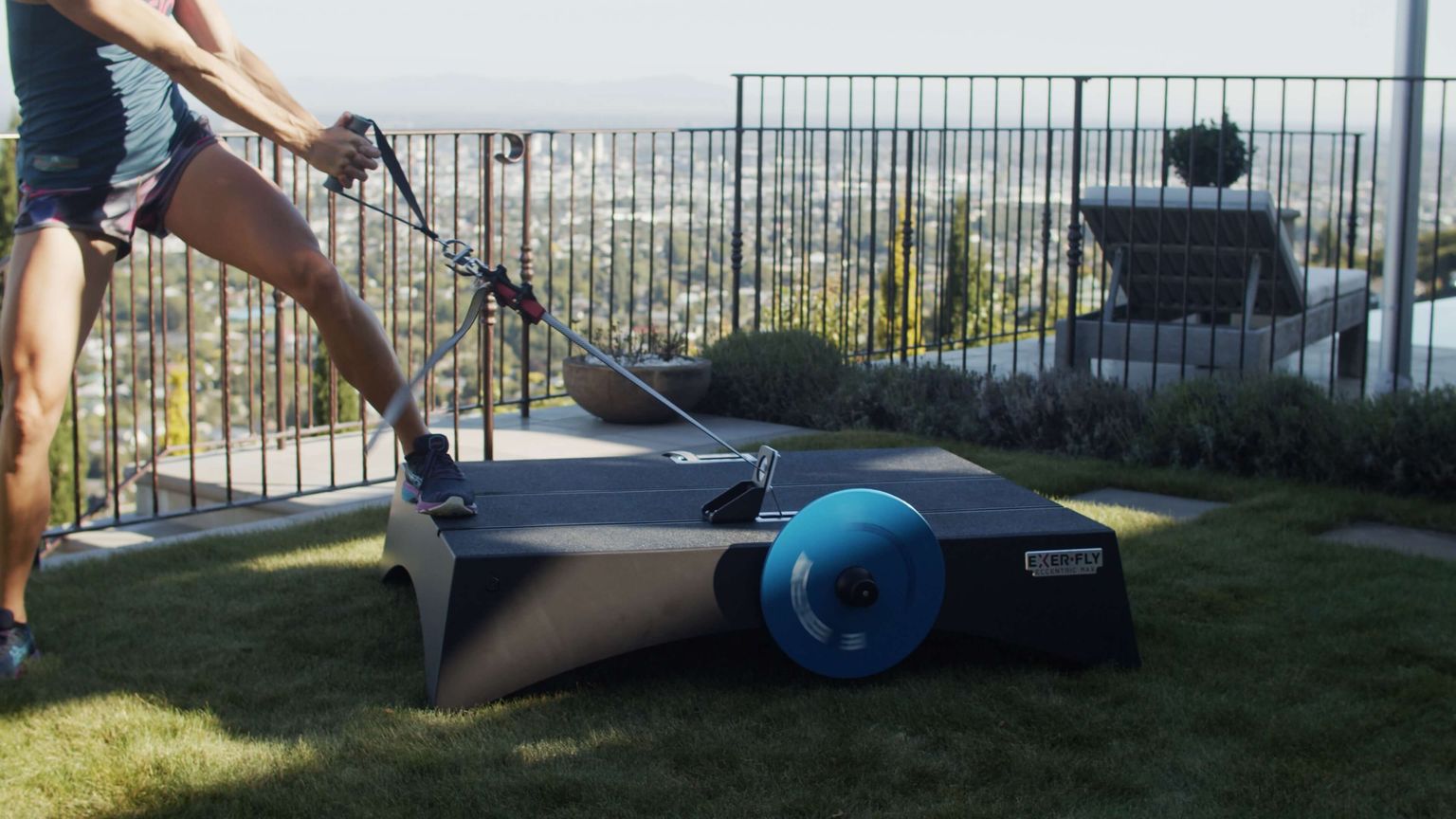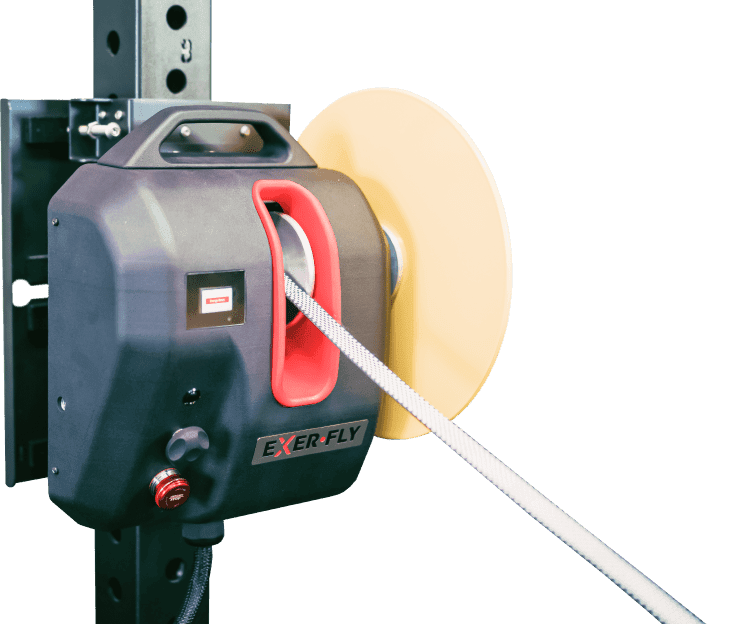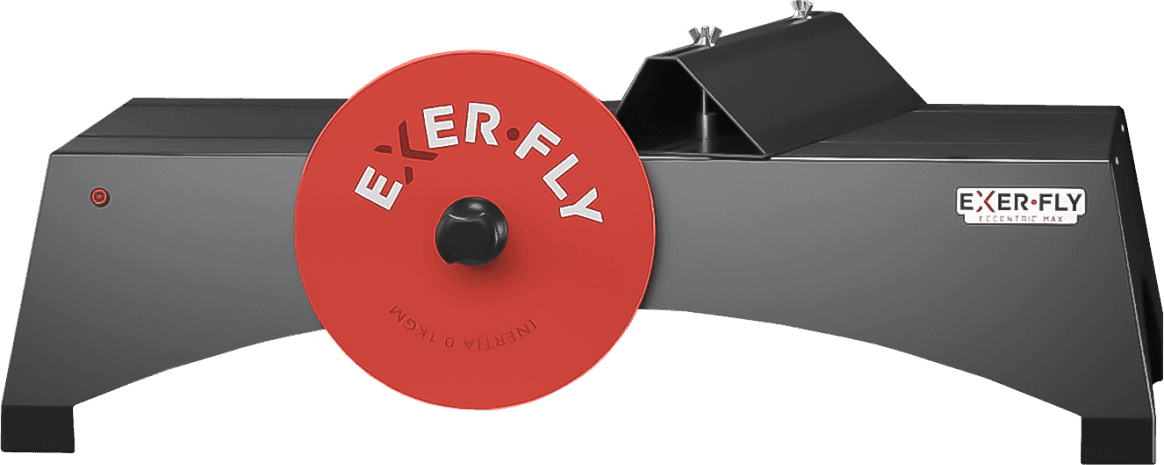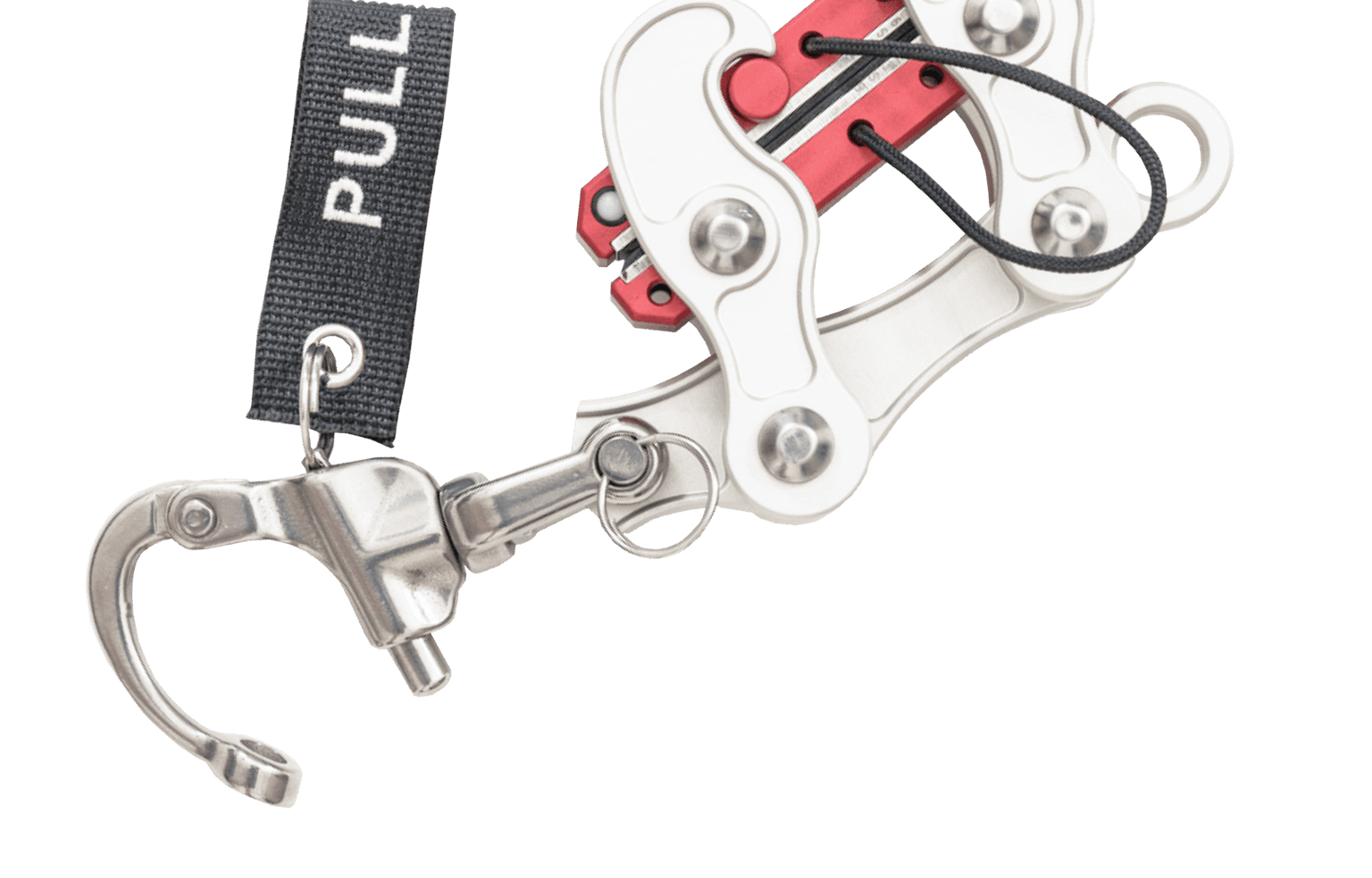
Early Functional and Morphological Muscle Adaptations During Short-Term Inertial-Squat Training
Introduction
Resistance training (RT) induces profound and specific changes in virtually all biological systems. Optimizing the stimulus and time invested to produce these changes is a key goal of strength and conditioning trainers. This is often why RT programs are usually periodized and based on the different dynamics of adaptation for each physiological variable.
This study aimed to assess early changes in muscle function and hypertrophy, measured as increases in muscle cross-sectional areas (CSAs) and total volume, over 4 weeks of inertial resistance training (RT) program.
What They Did
Ten young RT-naive volunteers underwent 10 training sessions consisting of five sets of 10 flywheel squats (moment of inertia 900 kg⋅cm2). Magnetic resonance imaging (MRI) scans of both thighs were performed before (PRE) and after 2 (IN) and 4 (POST) weeks of training to compute individual muscle volumes and regional CSAs.
Scans were performed after ≥96 h of recovery after training sessions to avoid any influence of acute muscle swelling. PRE and POST regional muscle activation were assessed using muscle functional MRI (mfMRI) scans.
Concentric (CON) and eccentric (ECC) squat force and power, as well as maximal voluntary isometric contraction force (MVIC) of knee extensors and flexors, were measured in every training session.
The training period comprised of 10 training sessions distributed over 4 weeks (two or three sessions per week). Each training session consisted of a standardized warm-up (two sets of 10 body-weight squats, with 1 min of rest between the sets), followed by five sets of flywheel exercises.
Each set of exercises included three sub-maximal repetitions to accelerate the disk, followed by 10 maximal voluntary repetitions. There was 3 min of rest between sets. Training consisted of concentric – eccentric bilateral half-squats performed on a squat inertial flywheel device.
Given the properties of the flywheel, the resulting moment of inertia was 900 kg⋅cm2. Each repetition's start and end position was a 90° knee angle. The participants were verbally encouraged to perform the concentric phase at their fastest voluntary speed.
What They Found
The training program detected significant quadriceps hypertrophy during (IN: 5.5% ± 1.9%) and after (POST: 8.6% ± 3.6%). Increases in squat force (CON: 32% ± 15%, ECC: 31 ± 15%) and power (CON: 51% ± 30%, ECC: 48% ± 27%) were observed over the training program.
Knee extensor MVIC significantly increased 28% ± 17% after training, but no changes were seen in knee flexor MVIC. No correlation was found between regional muscular activation in the first session and the % of increase in regional CSAs (r = -0.043, P = 0.164).
Muscle hypertrophy is initiated early and is progressive in response to RT, potentially contributing to initial strength gains. In this study, QUAD muscles increased 5.5% ± 1.9% in volume after only 14 days (five training sessions) of flywheel inertial training.
After 4 weeks of inertial squat RT, significant increases in knee extensor MVIC (28% ± 17%) and QUAD muscle volume (8.6% ± 3.6%) were observed.
Practical Application
This study reported a significantly early onset of whole-muscle hypertrophy, initiating early and continuing in response to RT while also contributing to initial increases in force. The findings of this study support the use of inertial resistance with flywheel technology as an aid to replicate quadriceps muscle involvement similar to the barbell squat.
This non-gravity-dependent approach can combat muscle atrophy during spaceflight and promote meaningful musculoskeletal adaptations using terrestrial applications. If you want to improve your fitness, whether for athletic performance or physique, book a free consultation with our team, and we can discuss which Exerfly device fits your outcomes best.
Illera-Domínguez, V., Nuell, S., Carmona, G., Padullés, J. M., Padullés, X., Lloret, M., ... & Cadefau, J. A. (2018). Early functional and morphological muscle adaptations during short-term inertial-squat training. Frontiers in physiology, 9, 1265.






